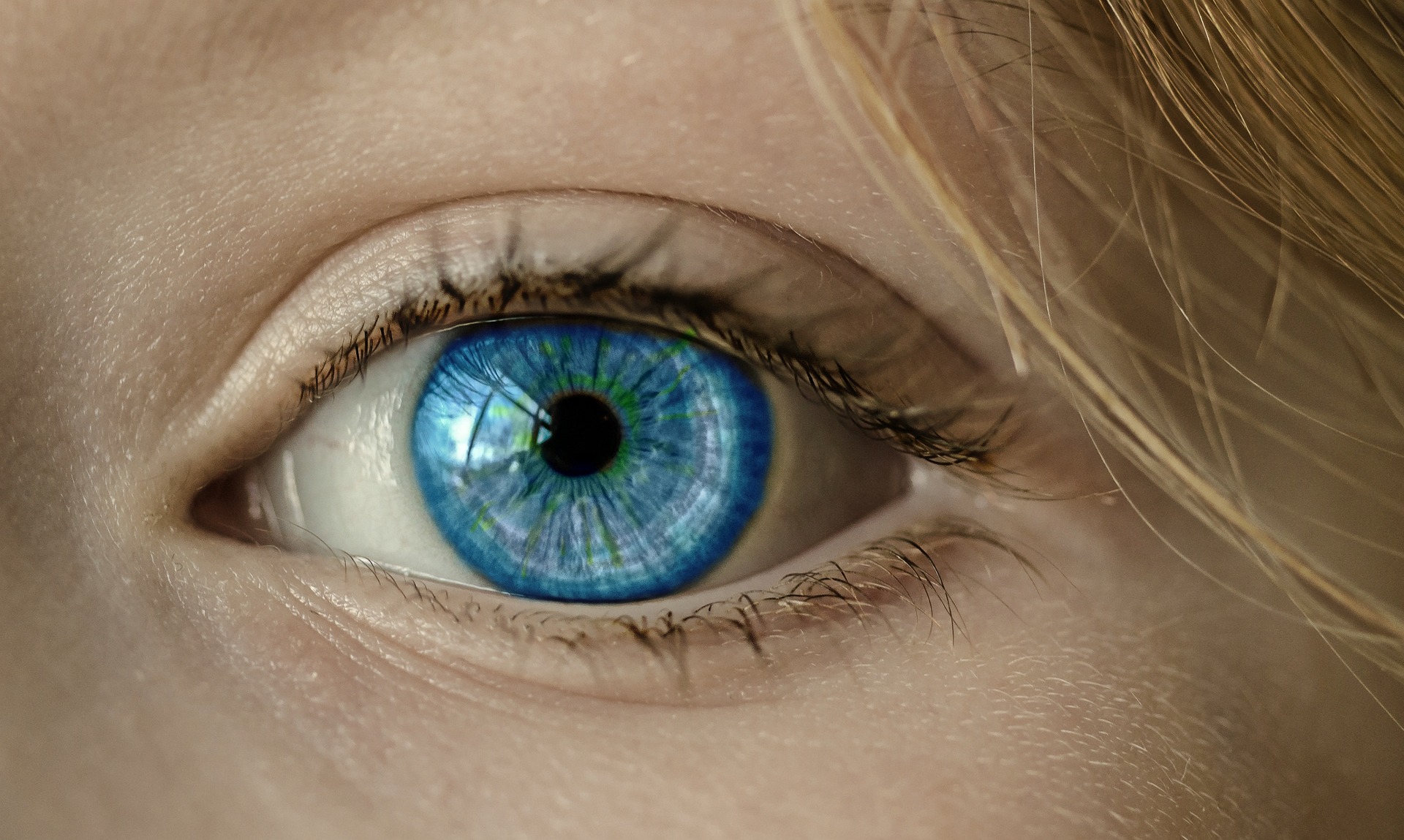Perovskite photosensors in Pennsylvania State University device distinguish many colours
A nature-inspired device from researchers at Pennsylvania State University (https://www.psu.edu/) (Penn State) creates images by mimicking the red, green and blue photoreceptors and neural network of the human eye. The three photosensors used are made of materials with a perovskite structure that detect red, green and blue tones, just like the cones in the retina of the eye. The optical impressions captured by these natural sensors are processed by a likewise natural neural network so that the brain creates coloured images on the basis of them.
No run-of-the-mill camera
Based on artificial intelligence, the high-tech eye processes the information from the three perovskite photo sensors and assembles it into images. Any smartphone camera can do that, you might say. “But not as well as our device,” says researcher Kai Wang. Normal silicon-based photo sensors only capture light, they do not distinguish between colours. To change this, filters are used to separate the red, green and blue tones. These filters absorb some of the light that objects emit. They also reduce the resolution of the images, i.e. the sharpness of the picture, and complicate the production process, making it more expensive.
Perovskites are naturally occurring minerals with a characteristic structure. Researchers all over the world imitate them, but use different materials to achieve their respective goals. In most cases, these perovskite hybrids are used to make solar cells that are highly efficient because the material captures a record amount of light and converts it into electricity.
Battery-free camera
It is precisely this property that Wang wants to make additional use of in his artificial eye. The perovskite cones will incidentally convert light into electrical energy, opening the door to battery-free cameras. “The structure of the device is similar to solar cells that use light to generate electricity,” he says. “As soon as it receives light, it generates electricity. So, like our eyes, we don’t have to use energy to produce coloured images,” says Luyao Zheng, a postdoctoral researcher at Penn State.





